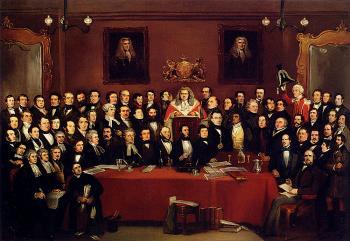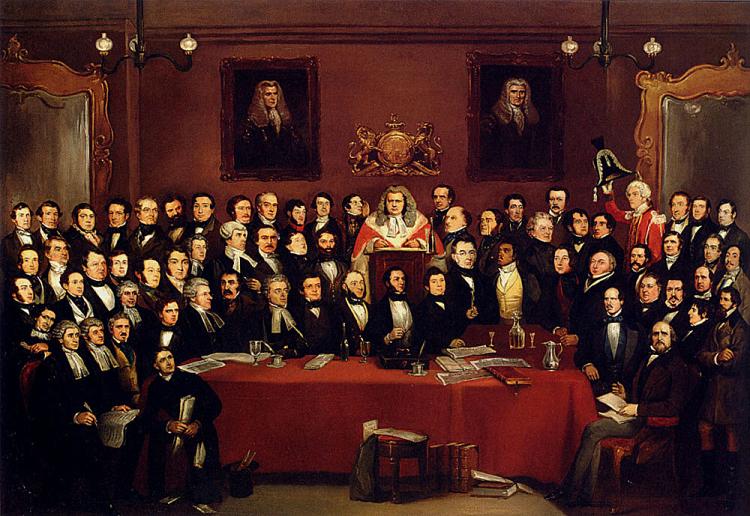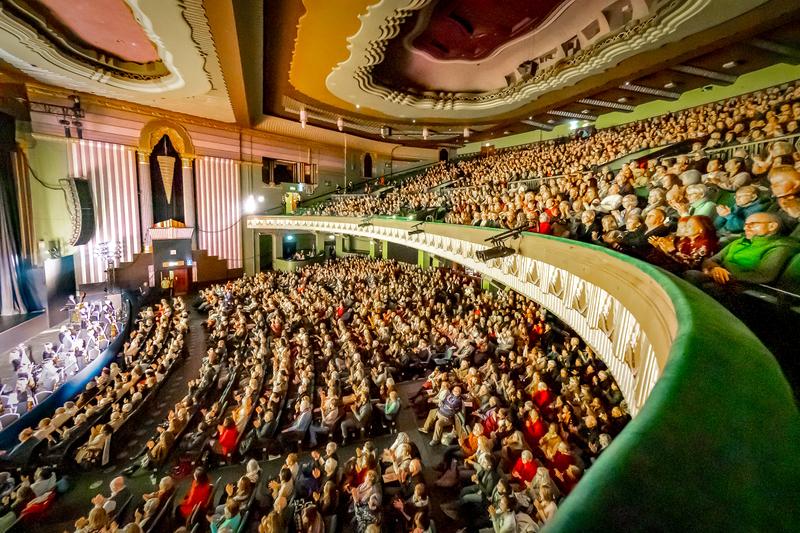Epoch Times: Why does an artist need a lawyer?
Attorney Backer Laird: A lawyer’s job is to protect and promote her client’s best interests. An artist needs that sort of protection as much as any other client—and in some ways, the artist’s need is even greater.
All of us can use advice when we enter into business transactions, plan for our financial future, or find ourselves in a legal dispute. Artists have the same needs. They sell their work, they enter into arrangements with galleries, and they are commissioned to create work for private collectors, museums, or public entities. They lease studio space, hire employees and craftspeople, plan their estates, and, sometimes, find themselves in litigation.
An artist’s concerns, however, are sometimes different, and more profound. When an artist sells his labor, he is selling his creativity, vision and self-expression. He has an interest in his work that goes beyond the financial. He has an interest in being able to create the work he wants to create.
He has an interest in assuring that his work is seen by as broad an audience as possible, and that it is properly attributed to him. He has an interest in assuring that when his work is displayed, it is not distorted or damaged. And he has an interest in protecting his work from being copied, forged, or exploited by others.
Some of these concerns are market-related, and can be addressed by careful negotiation of contracts with galleries and collectors. Others involve an understanding of legal requirements of general applicability, such as the way a copyright is registered.
Still others, though, are addressed through laws that reflect the unique role that artists play in society. Art enhances our lives, and great art pushes civilization forward. So, we have created laws that protect artists’ moral rights, and freedom of expression.
Lawyers protect artists at the place where these very broad philosophical concepts are translated into reality. Can a government suppress a particular artist’s work because of its subject matter? Can an ad agency use an artist’s work to promote a new perfume? Can one artist “appropriate” portions of another’s work to use in his own?
ET: What must a museum be aware of when obtaining ancient art treasures?
Backer Laird: The most important thing for a museum to know is exactly the thing that may be most difficult to ascertain with real certainty, that is, the provenance of the piece. Where did it originally come from, how and when did it leave, and how did it get from there to the museum’s door? The answers to those questions are crucial to the various legal issues that will accompany the museum’s purchase.
They are also critical in the political and social context in which museums must make these decisions. There is a growing international consensus that museums should try to assure that their acquisitions do not create a market that encourages the looting of the cultural institutions and archeological sites of other nations.
So, even if a particular purchase may technically be lawful—it cannot be shown that the object was stolen, or that it was improperly exported or imported—a museum may be well advised to decline to purchase something with unclear provenance. It should certainly not make the purchase without a great deal of due diligence.
ET: What is the highest court of law when dealing with international art treasures?
Backer Laird: That will depend on the nature of the dispute, and will usually be the highest court in the jurisdiction where the dispute occurs.
ET: Several museums have recently returned ancient works to their country of origin. What are the legal implications of such a transfer?
Backer Laird: I think the political and social implications of these transfers are far more interesting than the legal implications. Each transfer involves an agreement between a particular institution and the source nation. The law, however, remains the same. In fact, at the same time that the Getty Museum was reaching a negotiated agreement to return certain pieces to Italy, an Italian court issued a ruling that the Government of Italy had no legal right to the return of another.
What these arrangements have done, however, is to start to create a framework for a way to share a shared heritage. The agreements provide for long-term loans from the source nation, and collaborative research and academic programs, in exchange for the return of certain pieces by the museums. These sorts of cooperative relationships are a positive development for the international scholarly and arts communities.
Next week: How an attorney can assist arts organizations.








